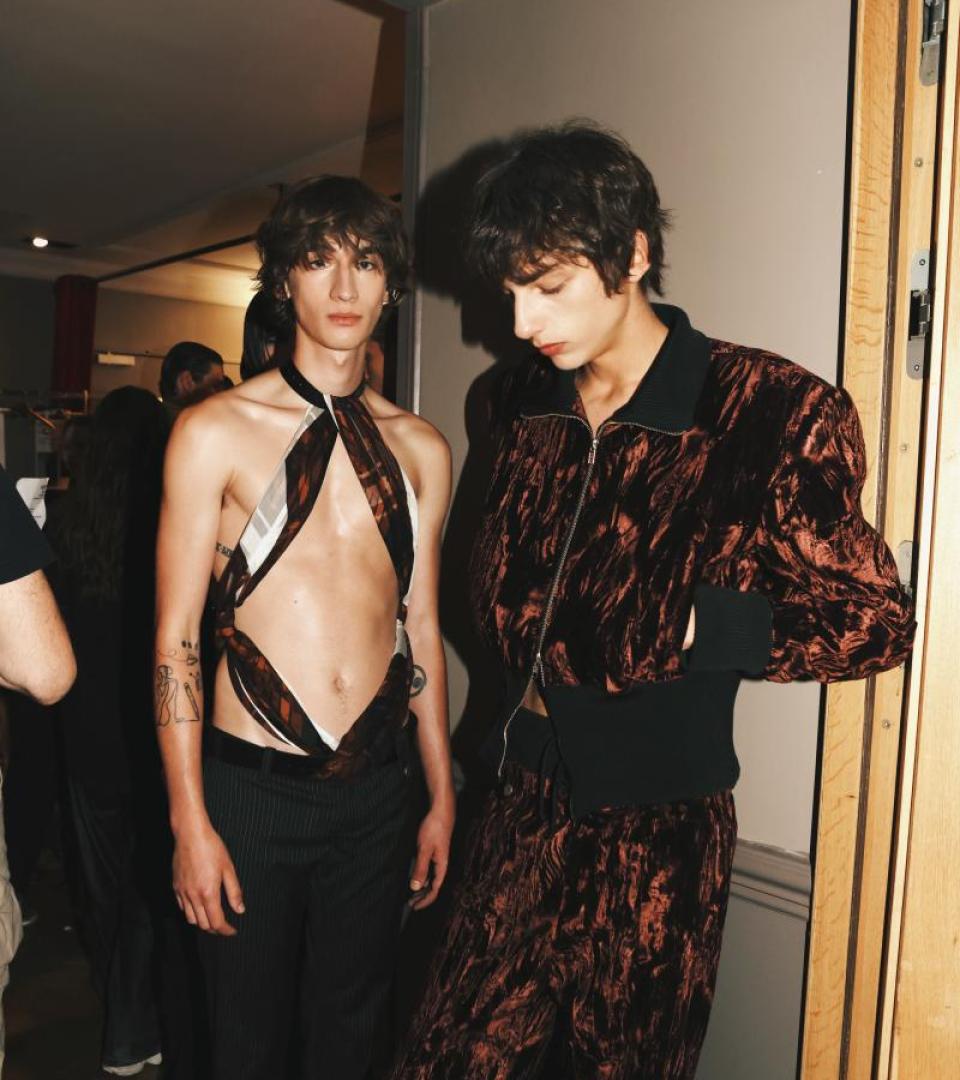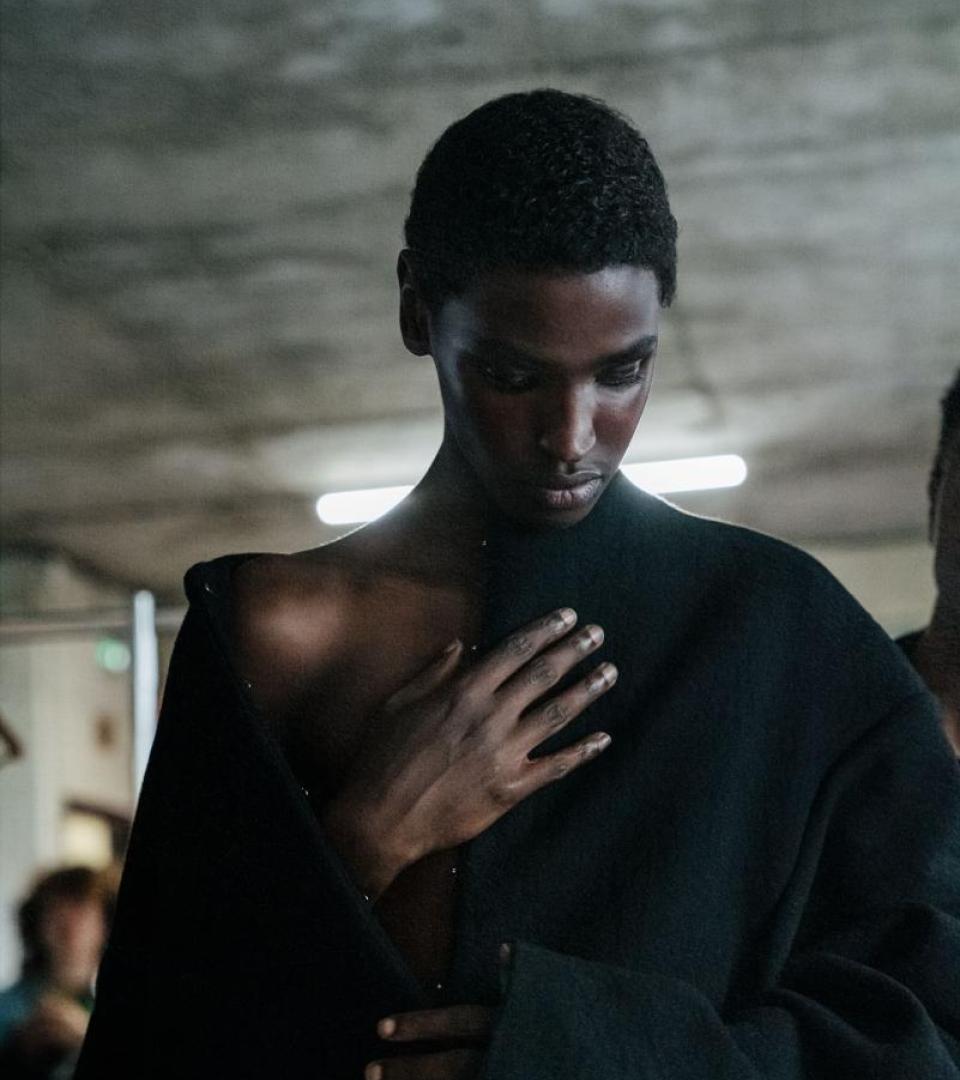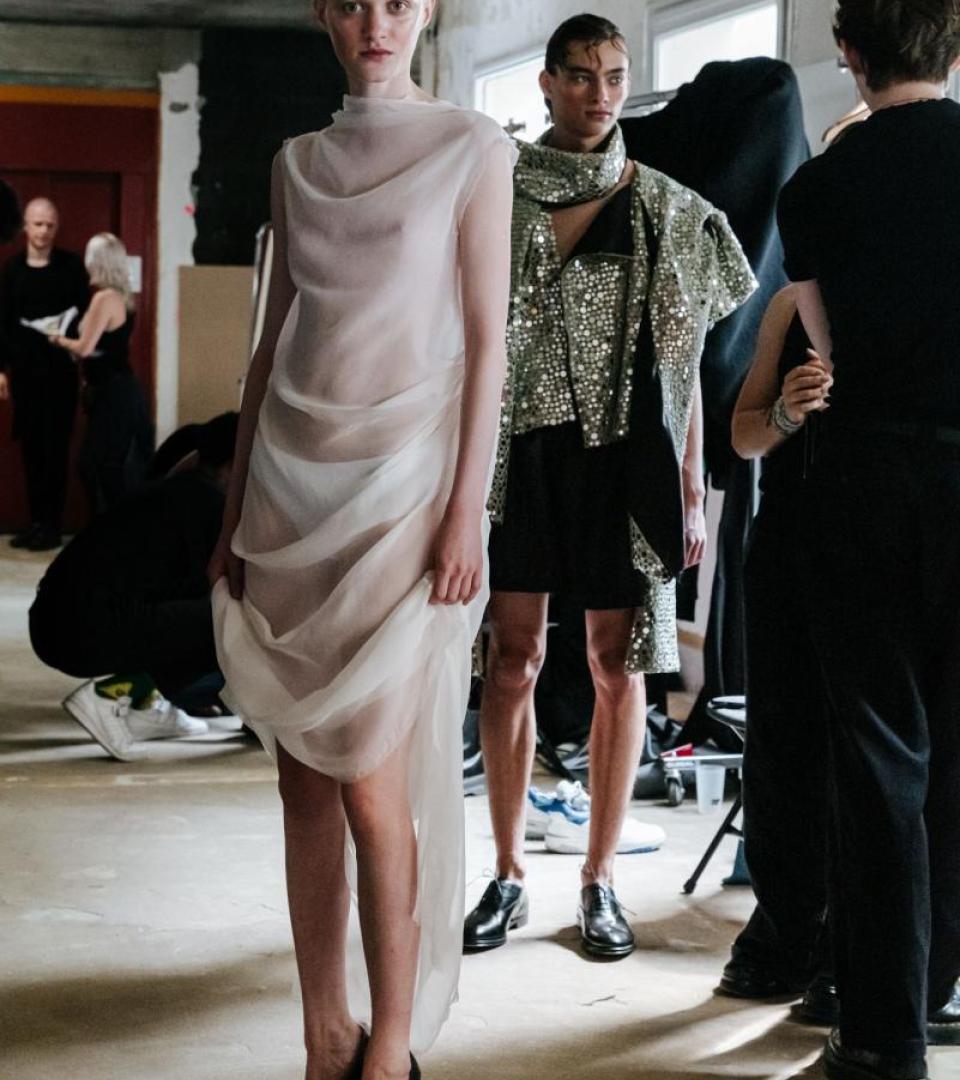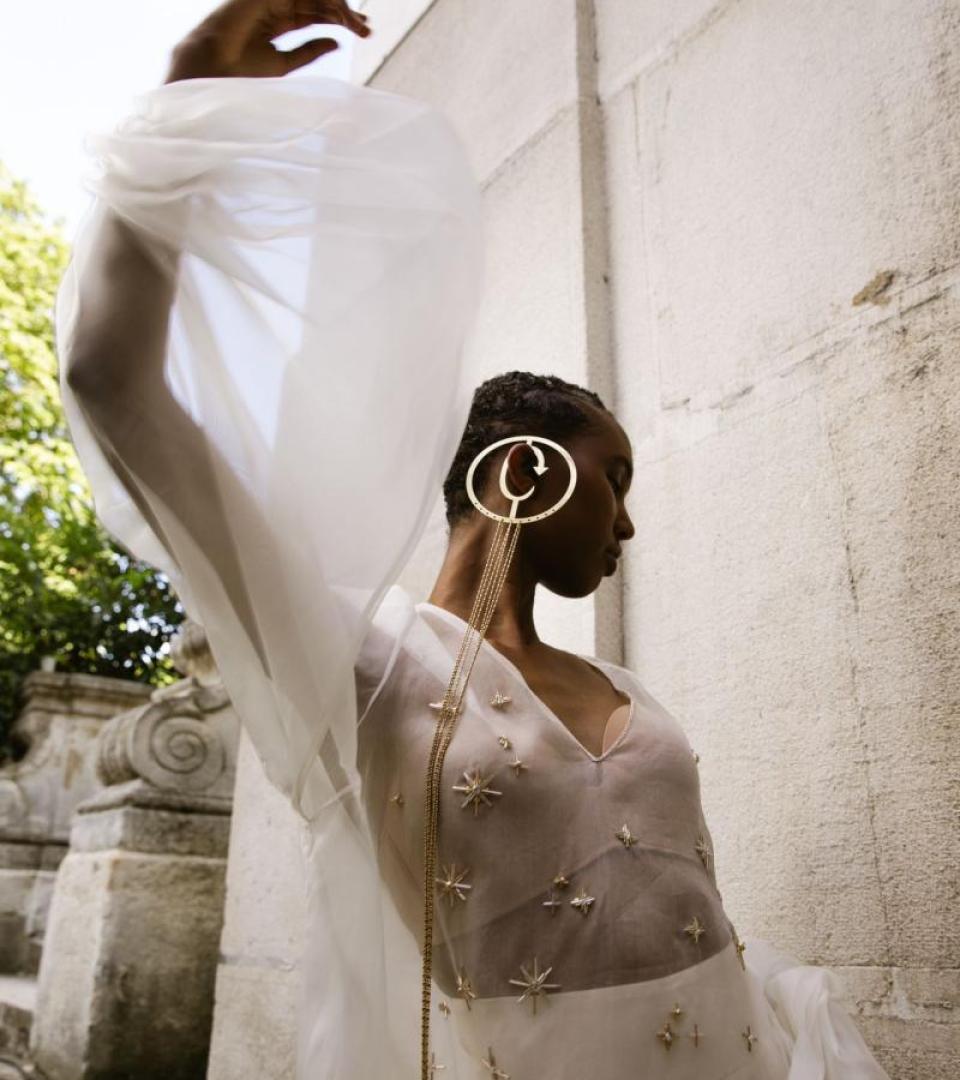Where do you look for new ideas or voices in fashion?
Fashion, for me, is a tool with which to tell human stories and talk about the world at large, so most of my inspiration comes from art, politics, or by simply observing people as they move through their environment. I have always felt that what we do in fashion is a mirror to the world outside. By remaining curious, humble and open, intriguing dialogues naturally transpire. I also spend a lot of time working with and mentoring emerging talent in fashion. Their fresh eyes are inspiring, as they don’t always come with frames of reference, but with wide-eyed enthusiasm. And that’s infectious.
In what ways does fashion creativity effectively drive greater growth throughout the industry?
This is a matrix far greater than creativity alone. The first point of understanding is responsibility: fashion upholds global economies. This makes all of us within the industry responsible, from the designers who create clothes, to the journalists or social influencers who discuss them. Our choices within the system impact others both in and outside of it. Sometimes we lose sight of this, and respond on the basis of emotion or agenda, or without research into what stands behind that which gets made. Of course, clothes are often based around an emotional connection, but we have to be responsible for our actions, words and approaches in order to protect the dreaming component inherent in fashion’s creativity, and the desire we all as an industry have for growth and beauty.
How essential is heritage and/or a distinctive identity in contributing to a brand’s success?
Distinction, in my opinion, should be a key pillar for every brand, even as we embrace and support those still on the rise. Having a unique point of view allows a brand to define its voice and engage its community more thoroughly, whether it be by cut, fabric development, image pillars or a particular signifier. There are so many people who love clothes. We love getting dressed, and playing with our appearance. Brands focusing on what makes them unique can only enhance this experience for their consumer audience, and allow their particular and unique design choices to shine.
What surprises you about the industry in 2025?
How few women are involved in the making of women’s garments or visual imagery. Gatekeeping is boring. I’d love to see more women hold space in communicating how we are invited to see ourselves in what we wear, or in campaigns and magazines.
Who or what is generating the greatest influence in fashion today?
The algorithm. People who have zero interest in fashion, but only in the bottom line. It’s a shame, really. We can’t shift culture without culture.
What defines men’s elegance in a contemporary context?
Being respectful and unafraid to embrace a softer side. That sums up so much in this particular time. It could stand for an approach to dressing as much as it can a behavioral model.
There seems to be more overlap between fashion/entertainment and fashion/sports than ever. Thoughts?
I believe in fashion as an art form. It, too, is a craft, much like acting or professional sports. Everyone within each discipline works hard, so this cross-cultural intermingling is exciting to embrace. Of course, parts of it can be marked down to deal-making; but regardless, any amount of playfulness with one’s personal expression is exciting. People seem to unite around an interest in watching it unfold. As the person who styles Pedro Pascal, I’ve had an endless amount of fun with his fashion crossover.
Do trends still matter?
I’m someone who has always worked within the space of timeless cool, so I don’t pay much attention to fashion trends, but rather to cultural trends that inform our place in society, and the way fashion mirrors that curiosity.
This interview has been lightly edited.



